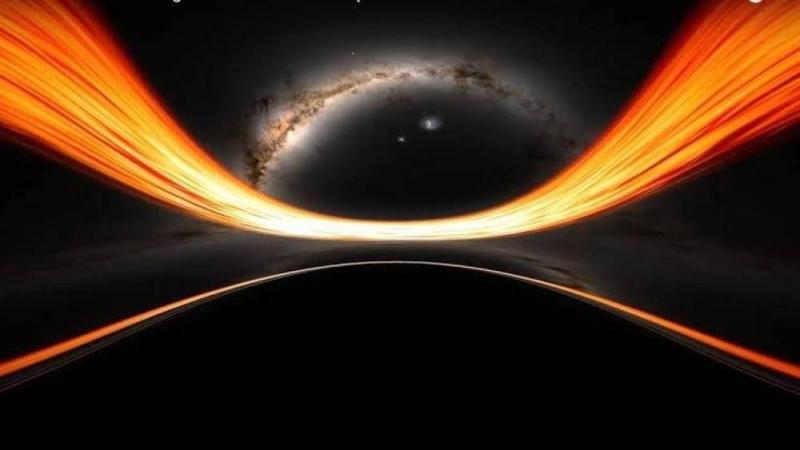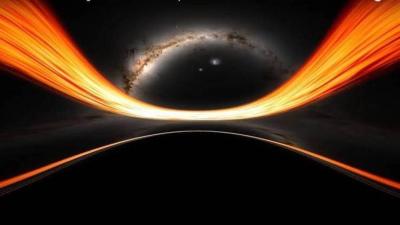At the center of the Milky Way galaxy lies a massive black hole with a mass about four million times that of our sun, known as Sagittarius A*. Some scientists have described it as a "gentle giant" due to its stillness, but it could potentially become a monster one day.
Researchers announced today that they observed a significant glow in the core of another galaxy, apparently resulting from a massive black hole awakening from its stillness and beginning to feed on nearby material. This marks the first time such an awakening has been observed in real-time.
Ground-based and space telescopes are being used to track events unfolding in the core of a galaxy called SDSS J1335+0728, located about 360 million light-years from Earth in the Virgo constellation. A light-year is the distance light travels in a year, approximately 9.5 trillion kilometers.
Black holes are extraordinarily dense objects with gravitational pulls so strong that even light cannot escape. They range in size from those with a mass equivalent to a single star to giant black holes found at the centers of many galaxies, which can be millions or even billions of times more massive. The massive black hole in the galaxy SDSS J1335+0728 has a mass about one million times that of the sun.
The environment surrounding the massive black hole may be extraordinarily violent as it tears apart stars and consumes any material within its gravitational reach. Researchers noted that a rotating disk of scattered material is forming around the massive black hole in SDSS J1335+0728, some of which is being consumed. This disk, known as an accretion disk, radiates energy at very high temperatures, sometimes outshining the entire galaxy.
The glowing, compact region supported by a massive black hole at the center of the galaxy is termed an "active galactic nucleus." Astrophysicist Paula Sánchez-Saiz from the European Southern Observatory in Germany, who is the lead author of the study published in Astronomy & Astrophysics, stated, "These nuclei are characterized by ejecting large amounts of energy across a variety of wavelengths, from radio waves to gamma rays. They are among the brightest objects in the universe."
Sánchez-Saiz added, "Studying active galactic nuclei is vital for understanding galaxy evolution and the physics of supermassive black holes." The diameter of this galaxy is about 52,000 light-years, with a mass equivalent to about 10 billion suns. The galaxy has been monitored for decades before sudden changes were detected in 2019, with brightness in the core of the galaxy increasing ever since.
Lorena Hernández García, an astrophysicist from the University of Valparaíso in Chile and a co-author of the study, explained that supermassive black holes sometimes release massive bursts of high-energy particles into space; however, such bursts in this case have not been recorded during observations.
What could have driven this massive black hole to become active? Sánchez-Saiz remarked, "Currently, we do not know." Hernández added, "It could be a natural process of the galaxy... We know that galaxies go through different phases of activity and inactivity in their lifetimes. Something might happen that causes the galaxy to become active, like a star falling into the black hole."
The researchers suggest that if the observations reveal something other than the onset of an active galactic nucleus, it might be an astronomical physical phenomenon not previously recorded. Sagittarius A*, located about 26,000 light-years from Earth, prompts the question: could it suddenly come back to life?
Hernández concluded, "The same process may ultimately happen to Sagittarius A* as it is currently dormant. But for now, we are not in danger, and even if it became active, we might not notice it because we are very far from the center."




